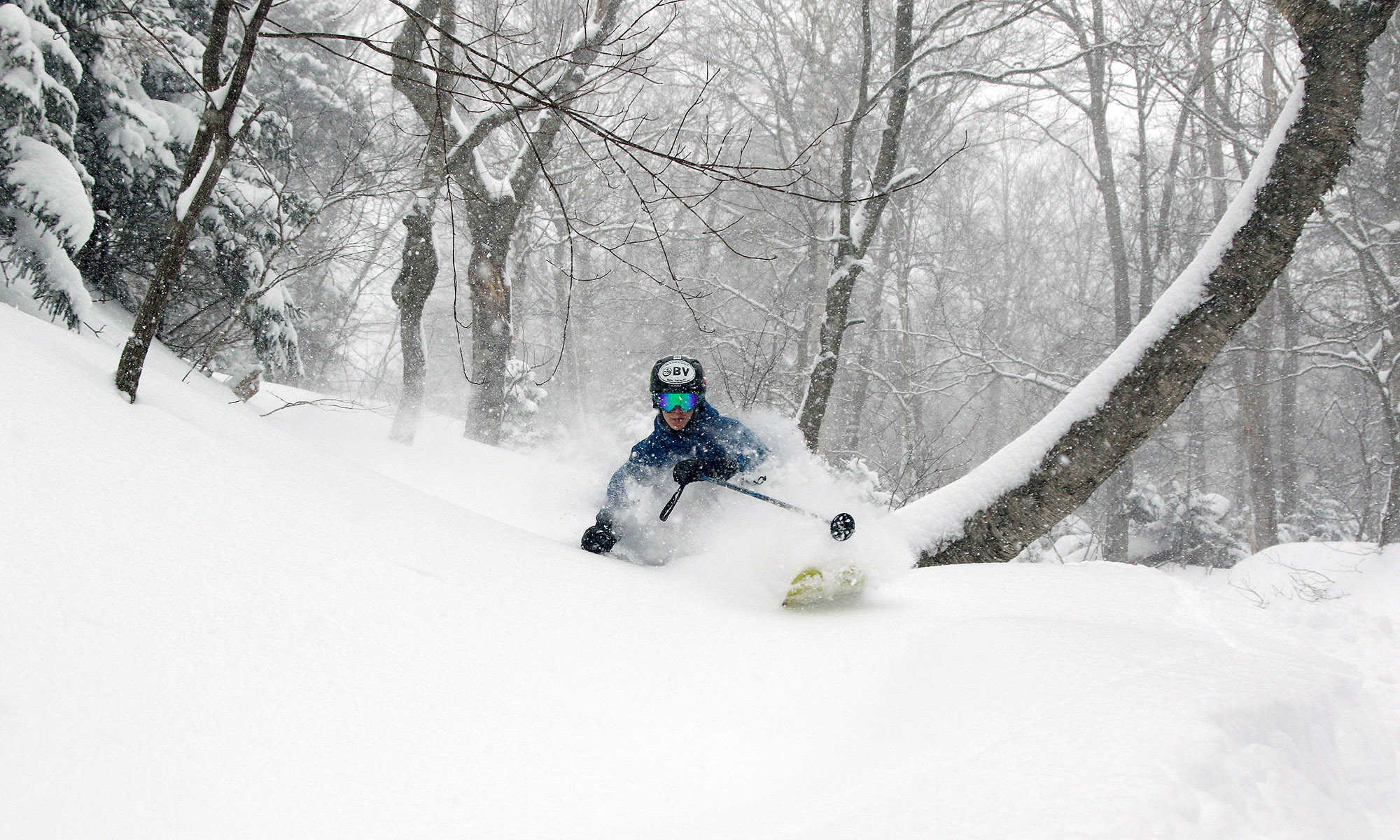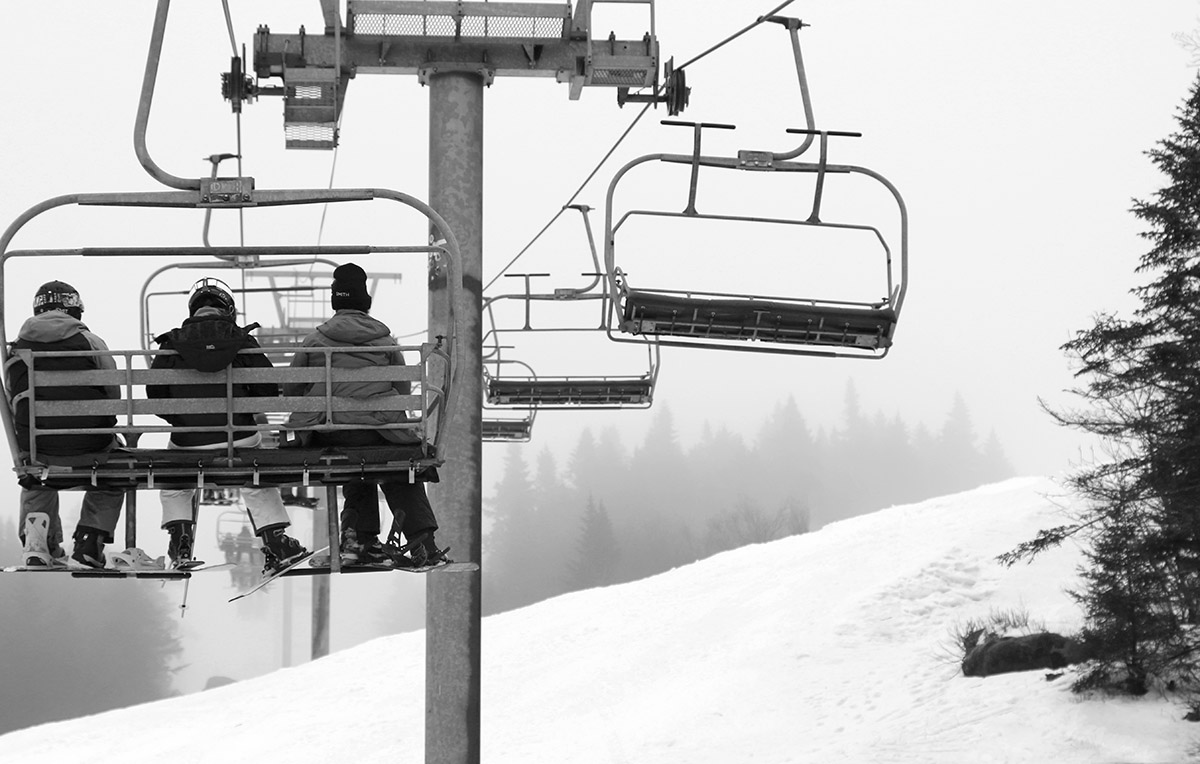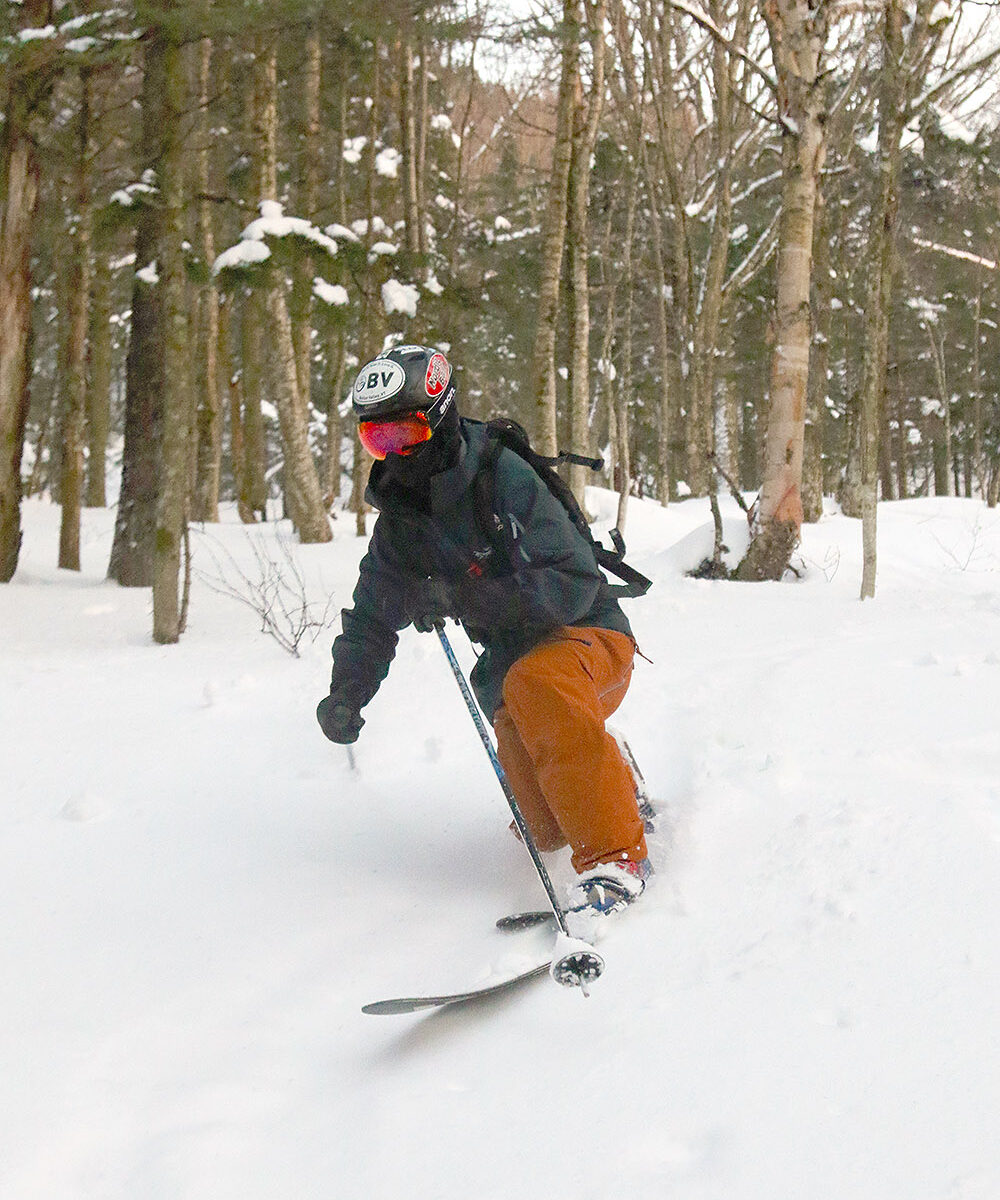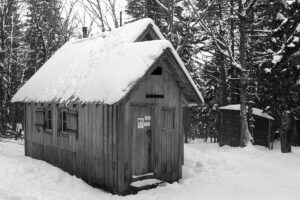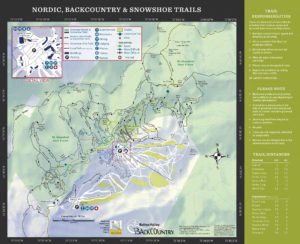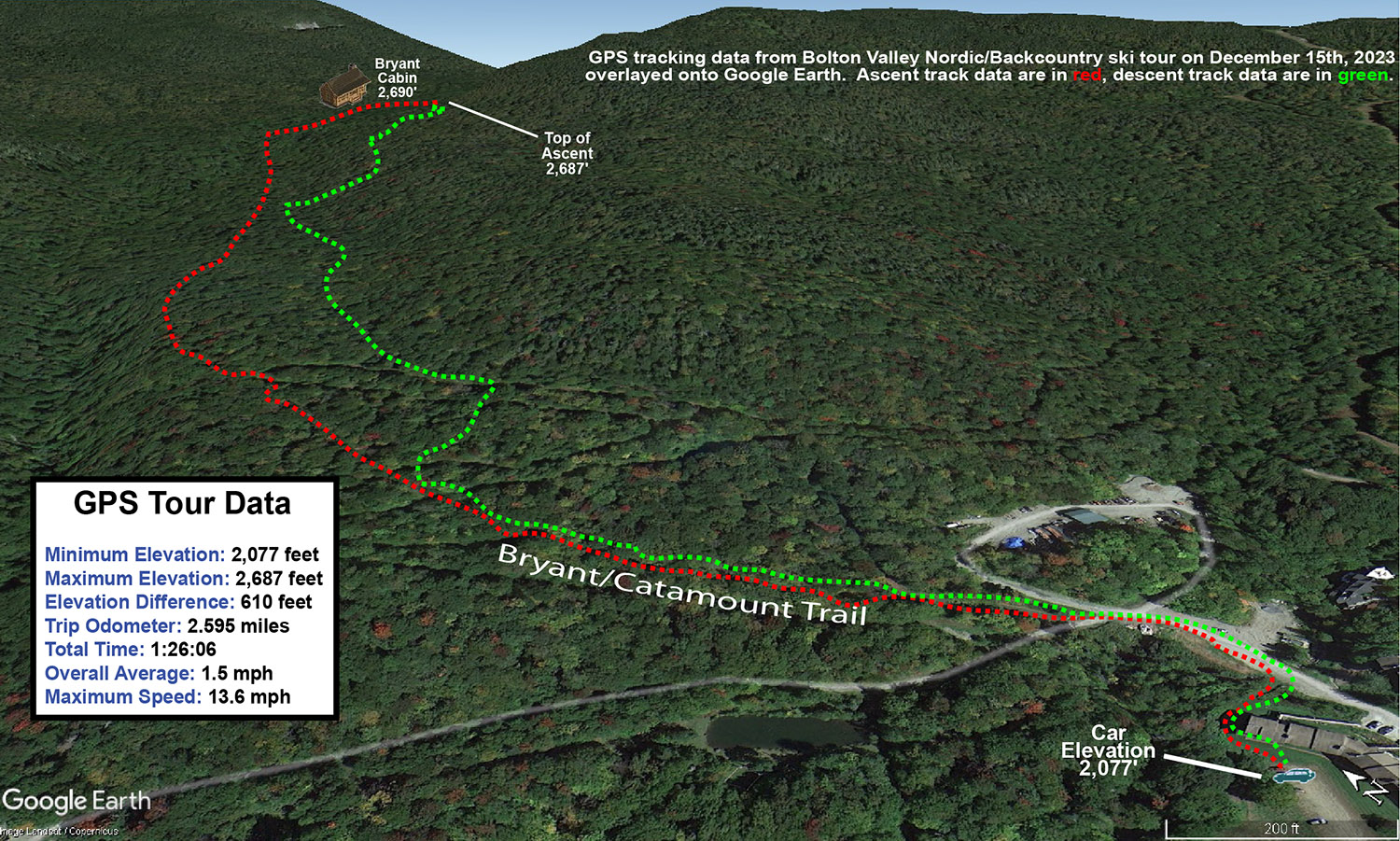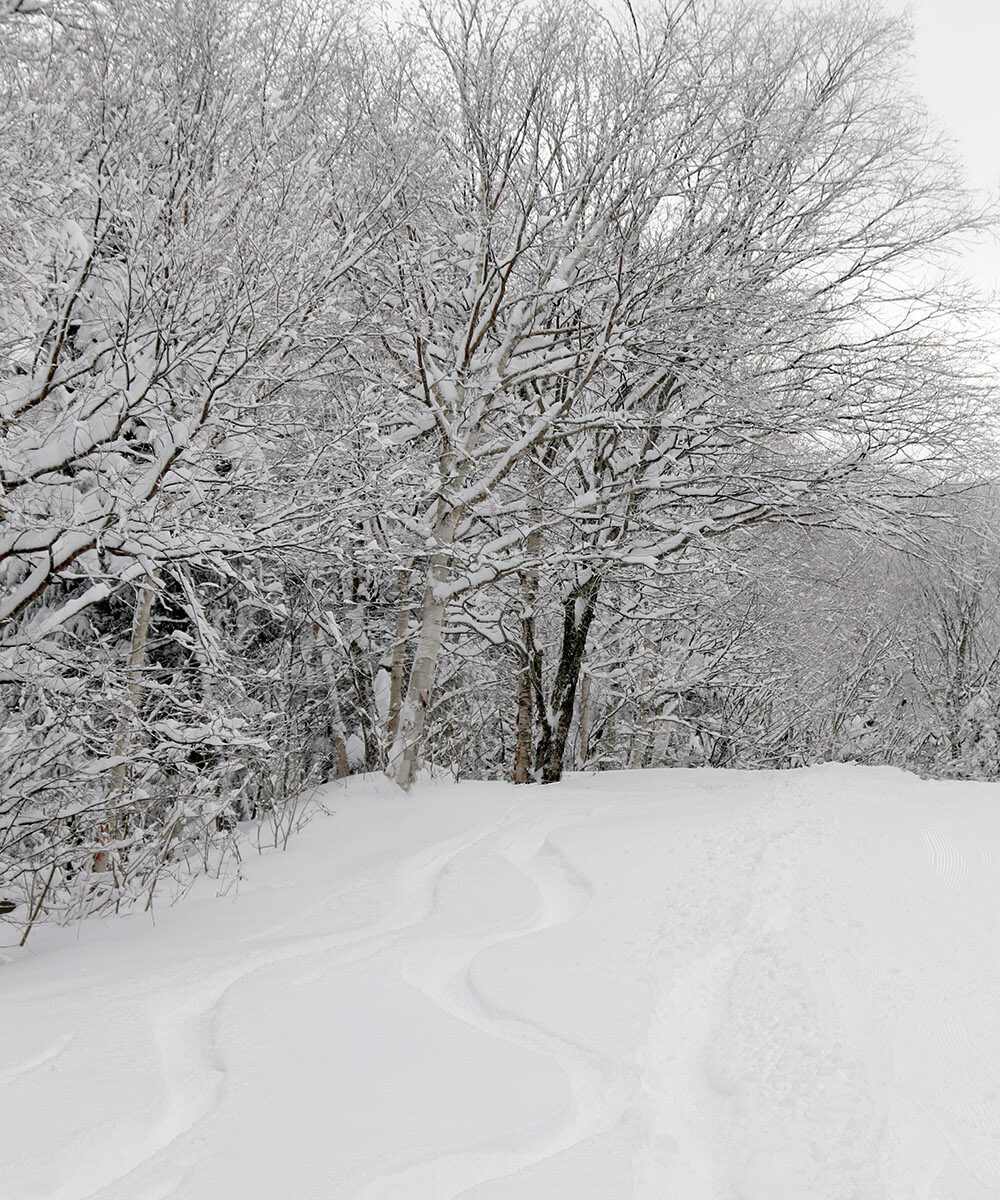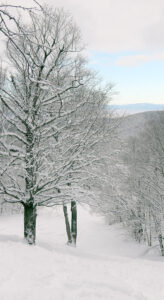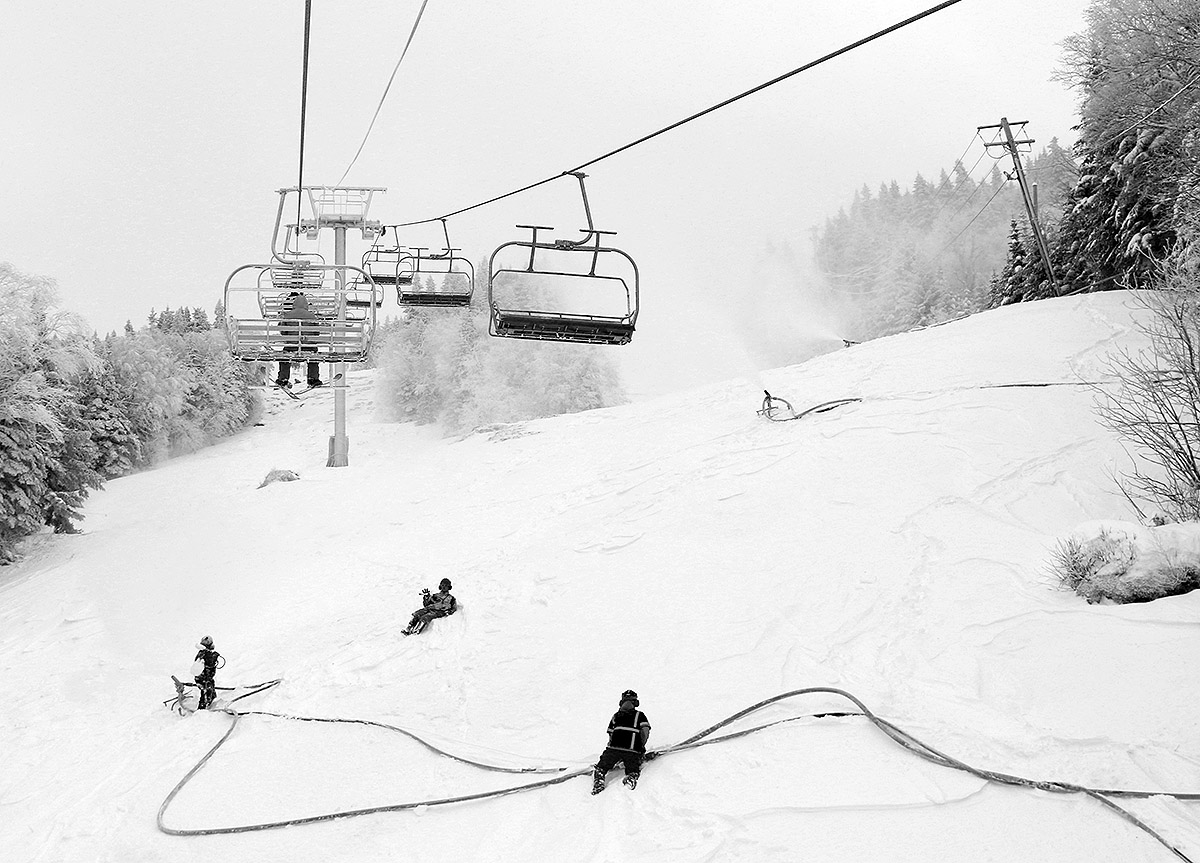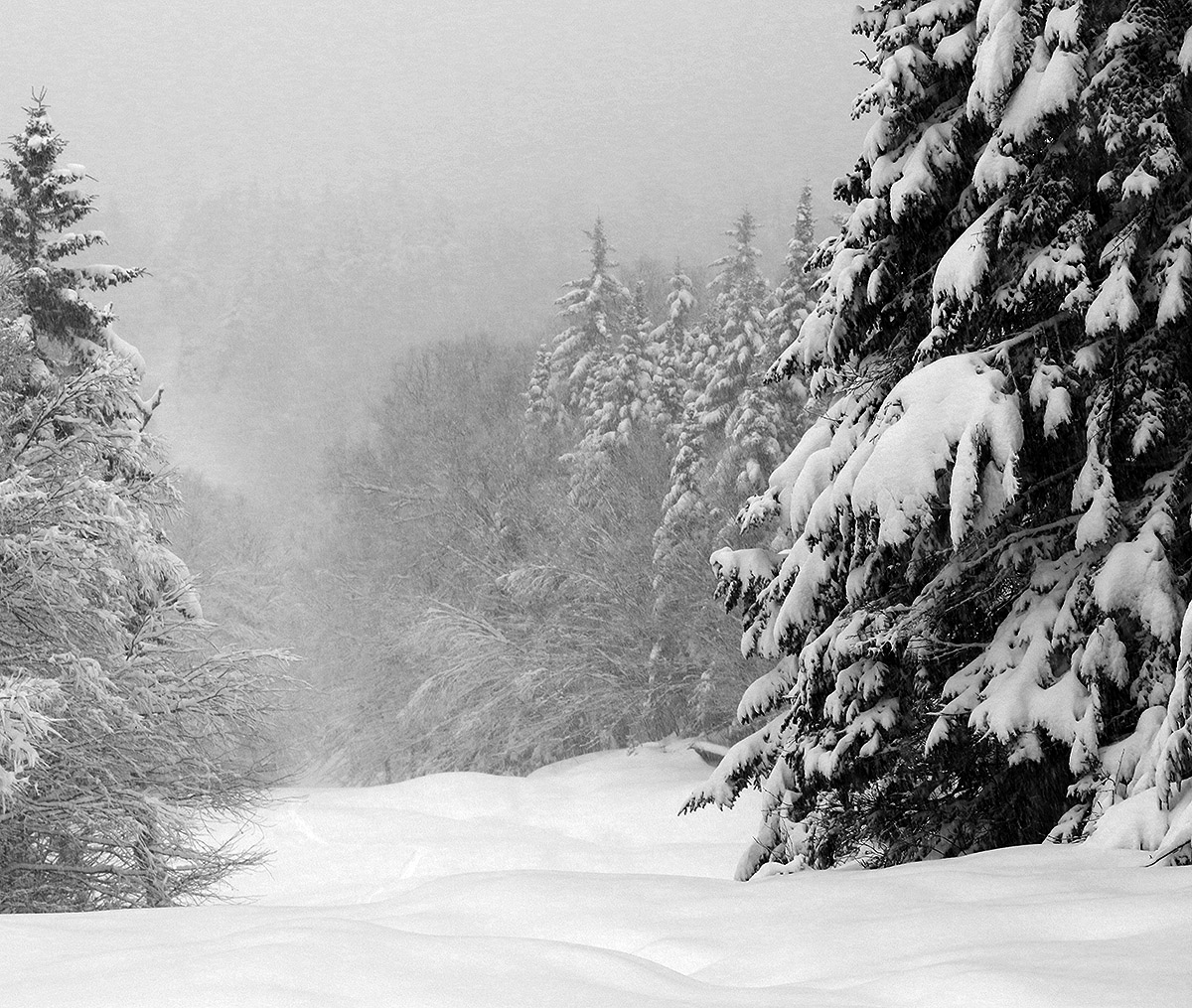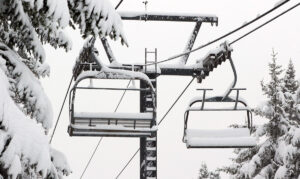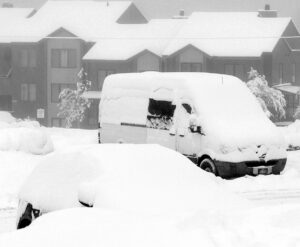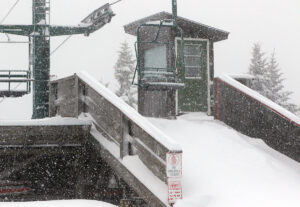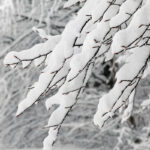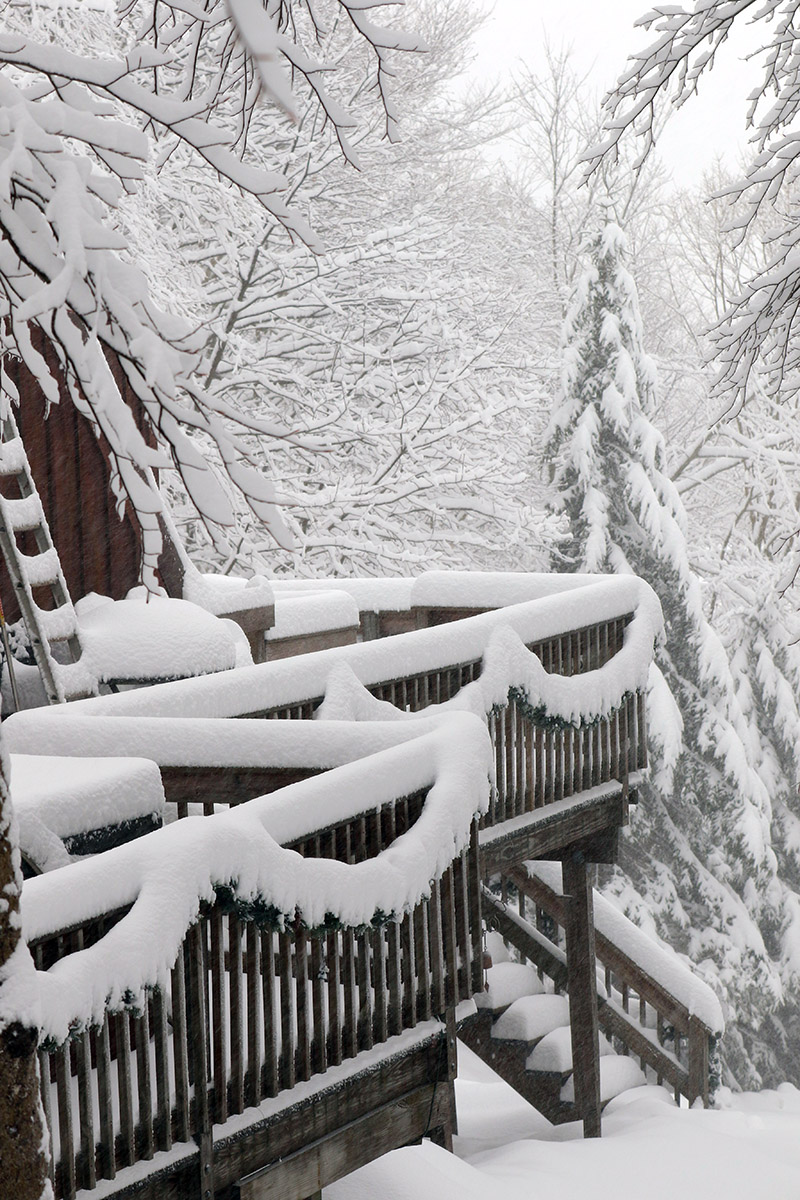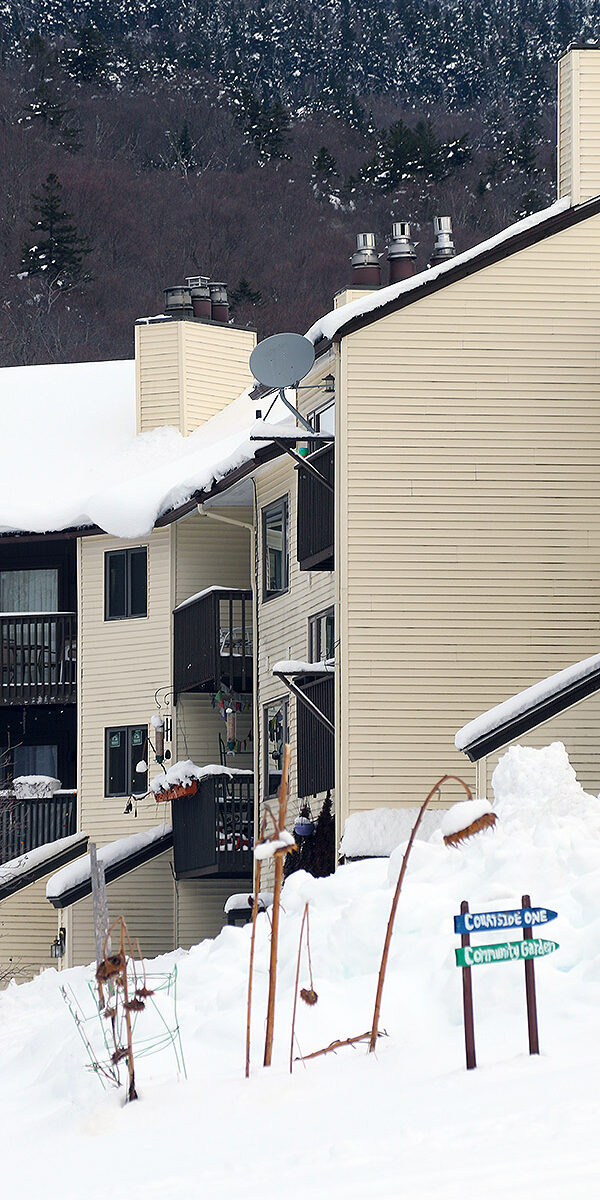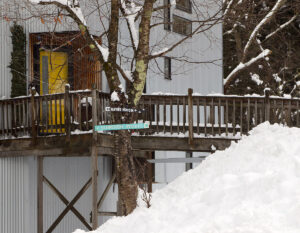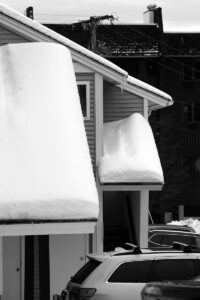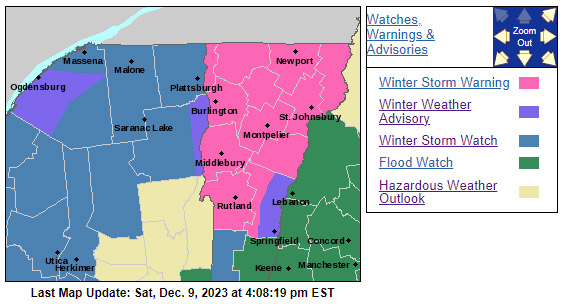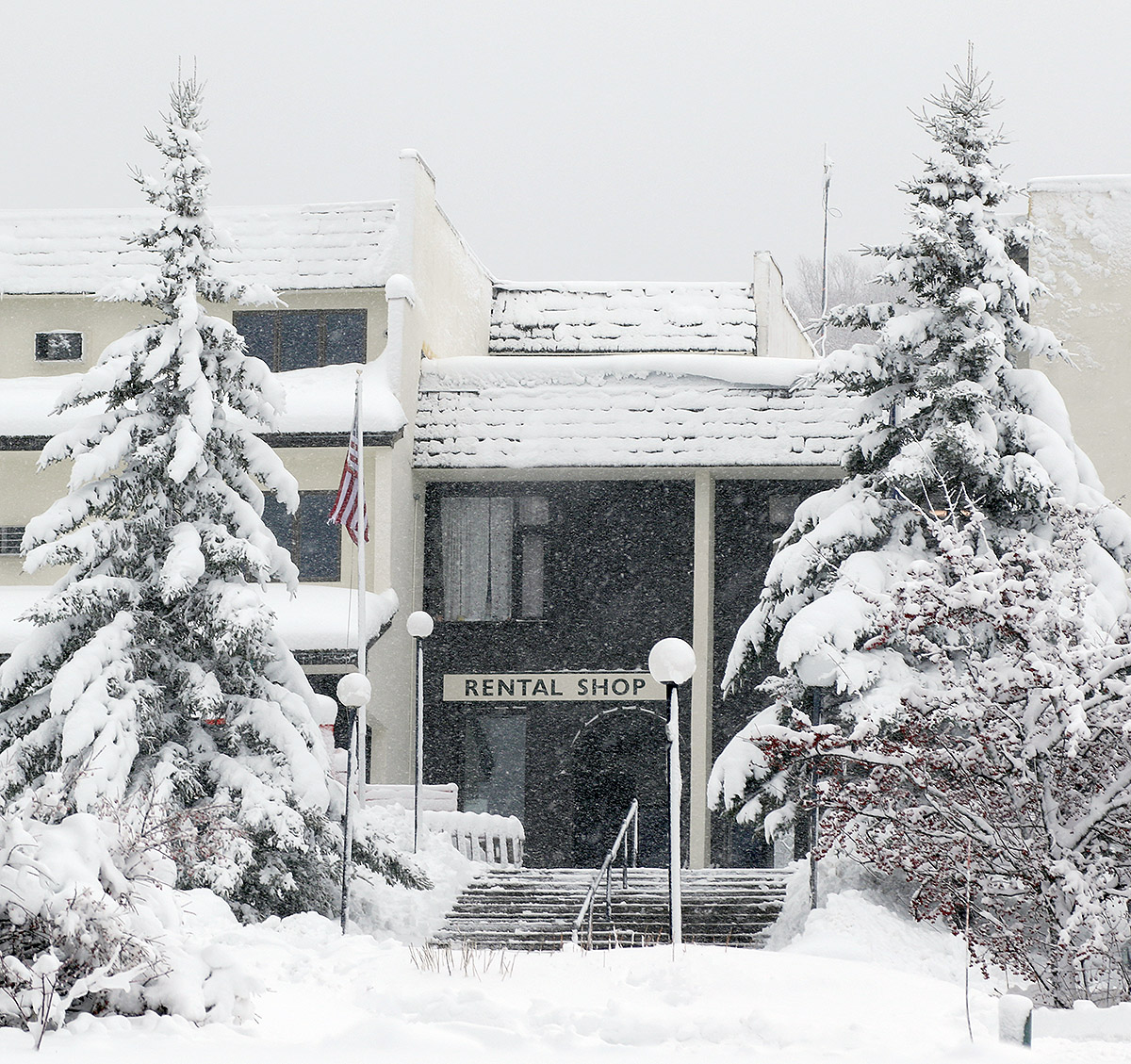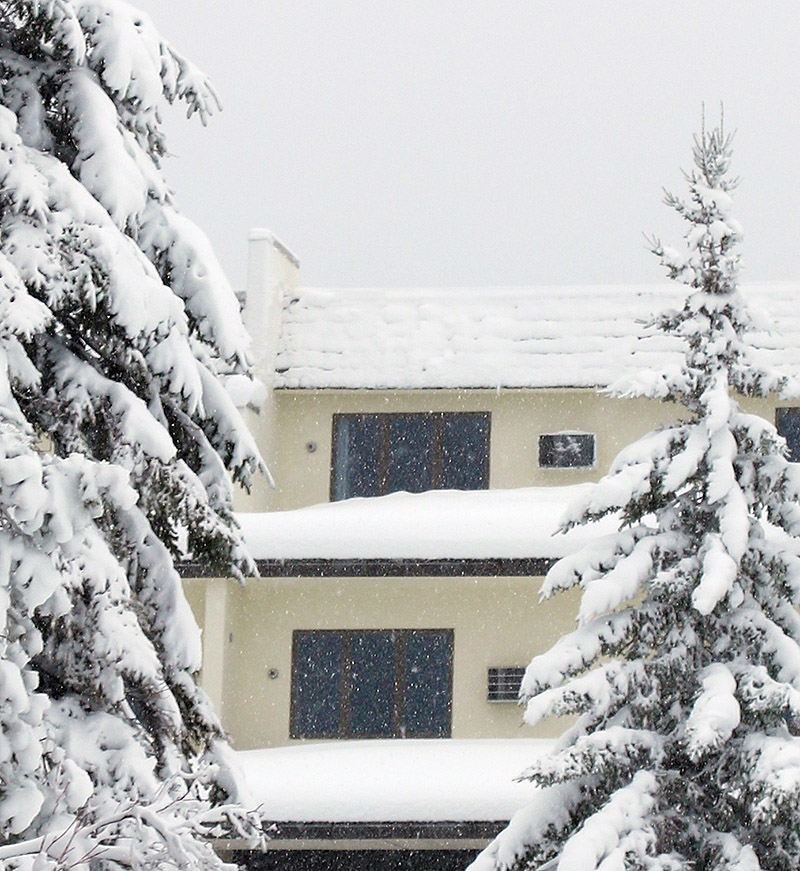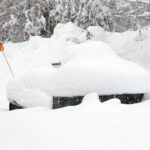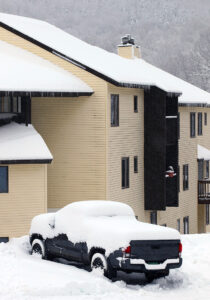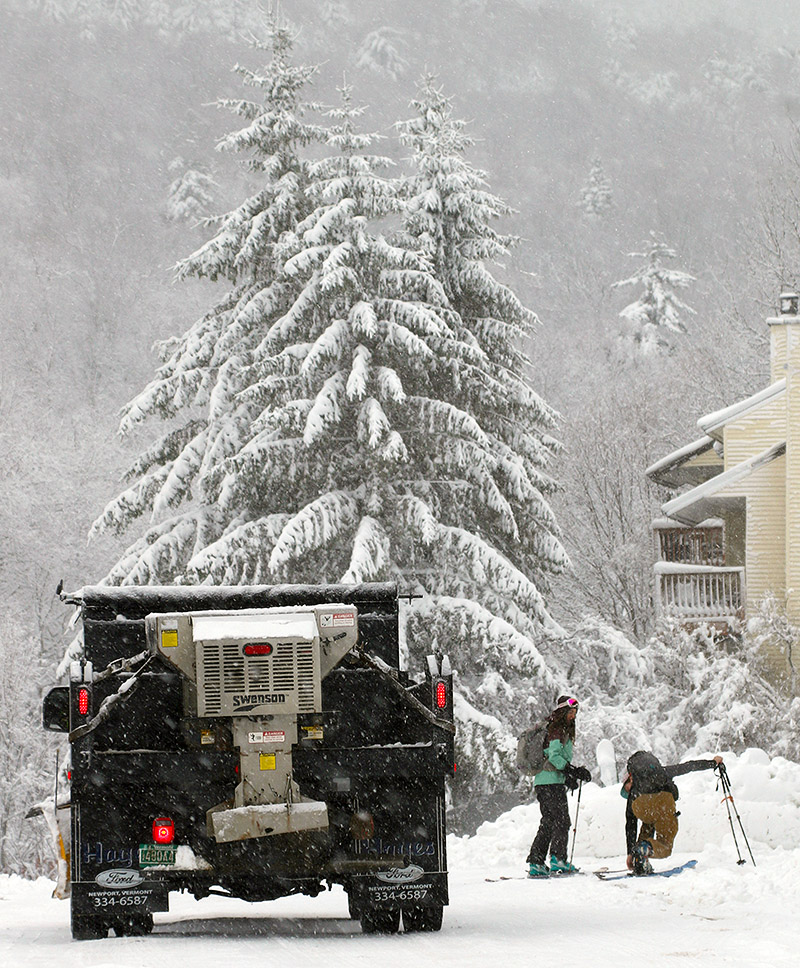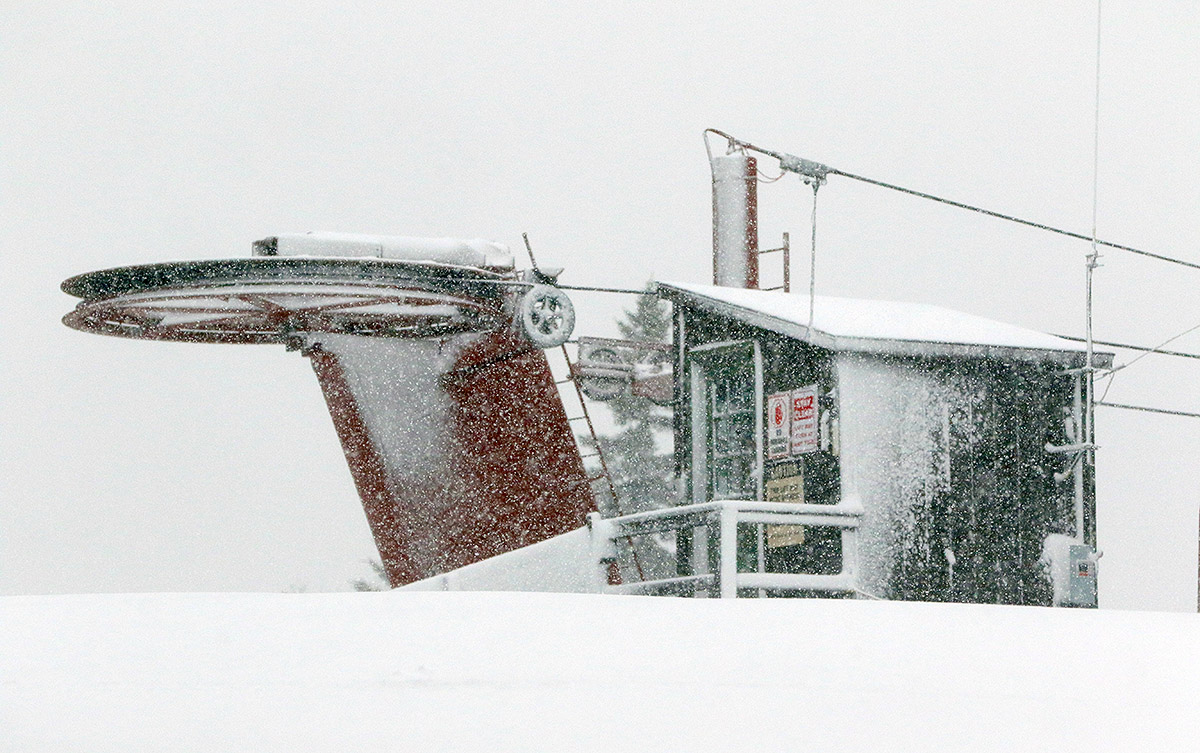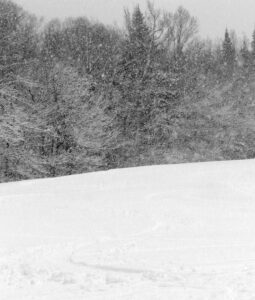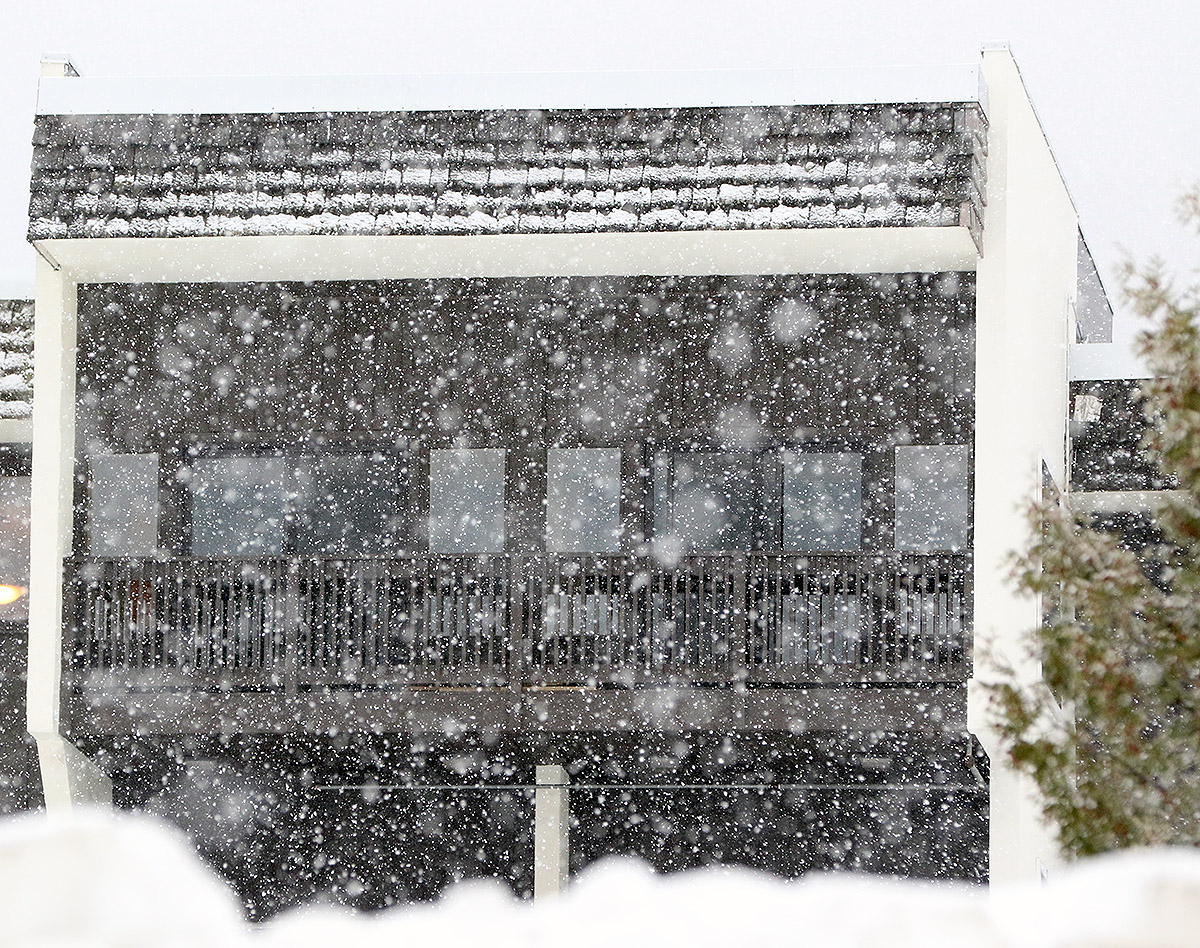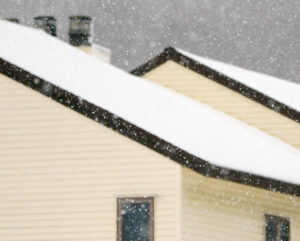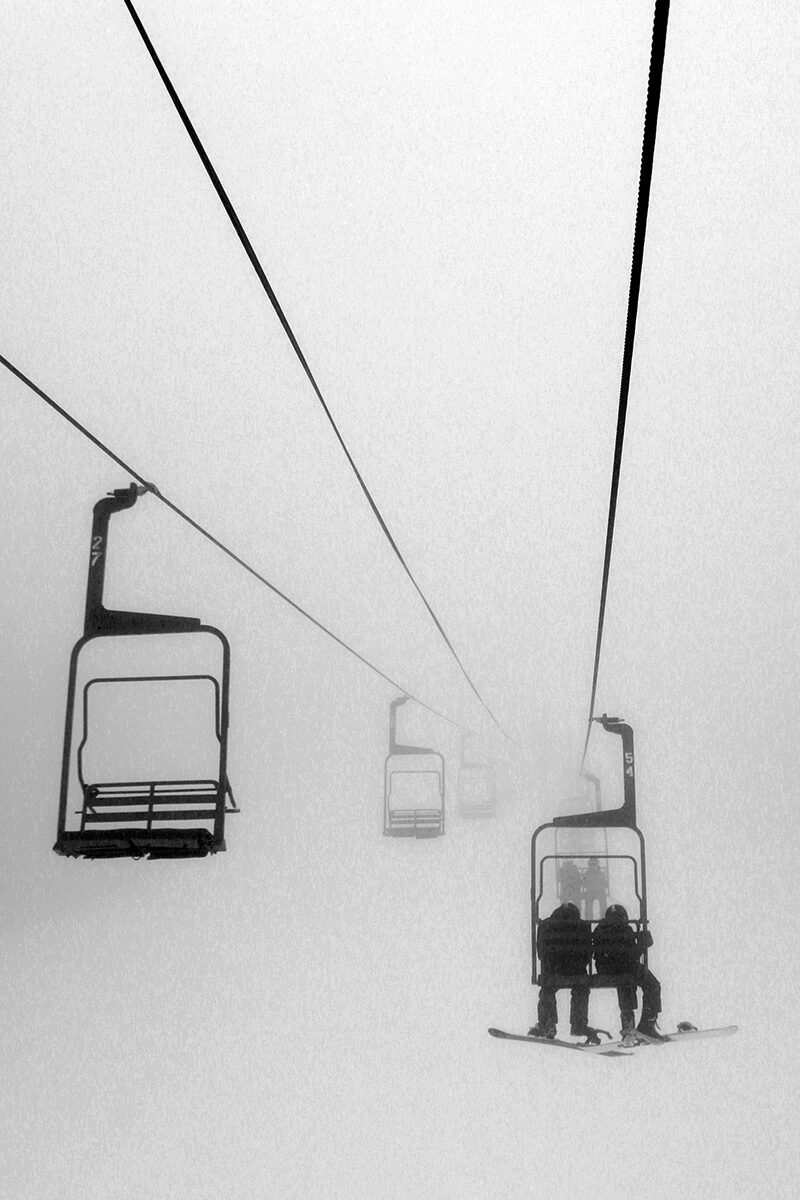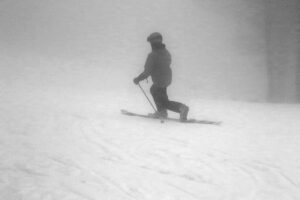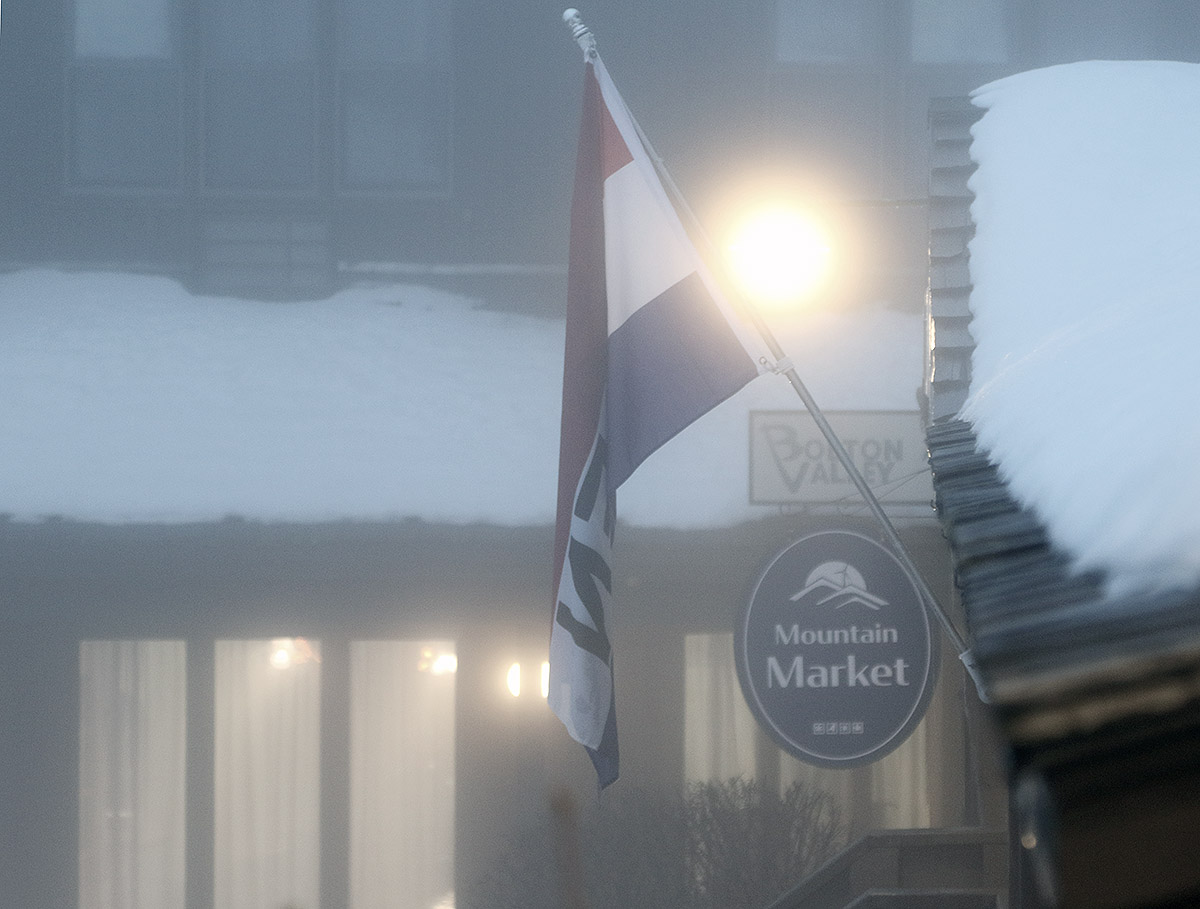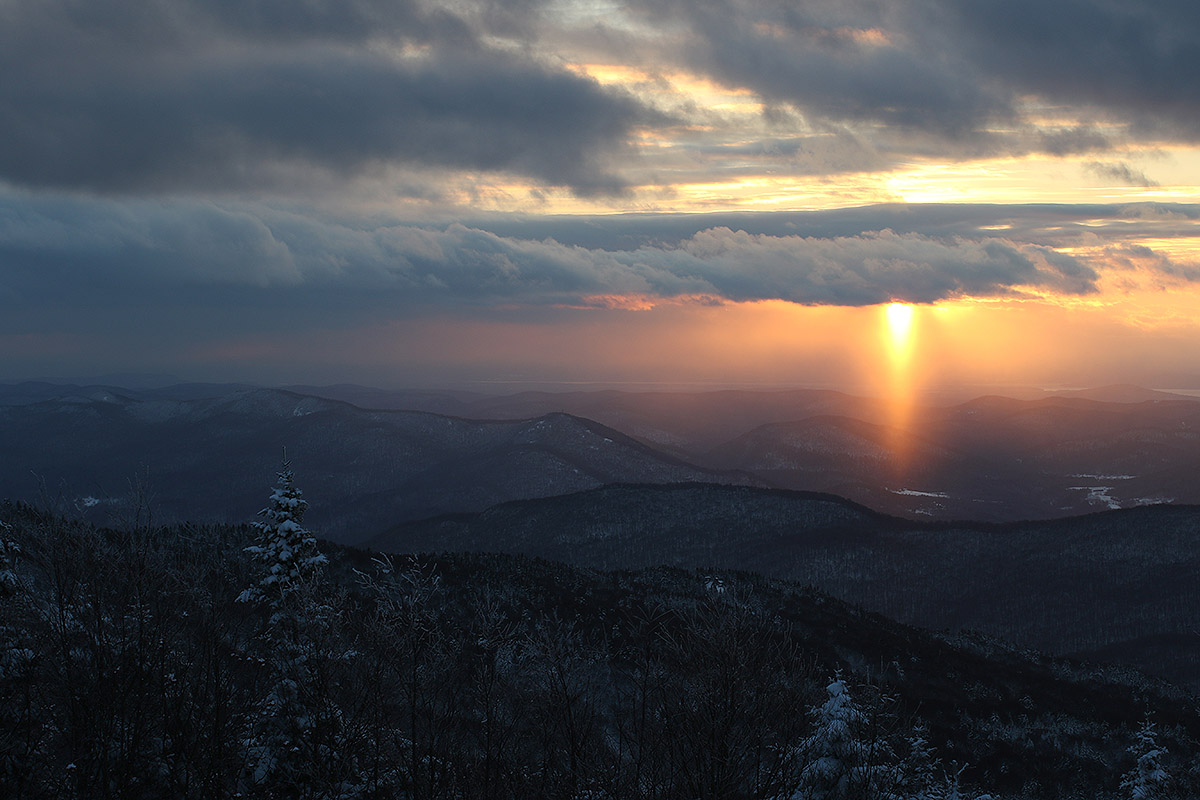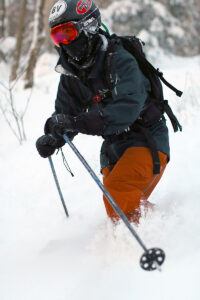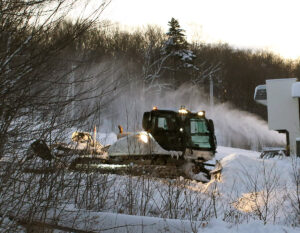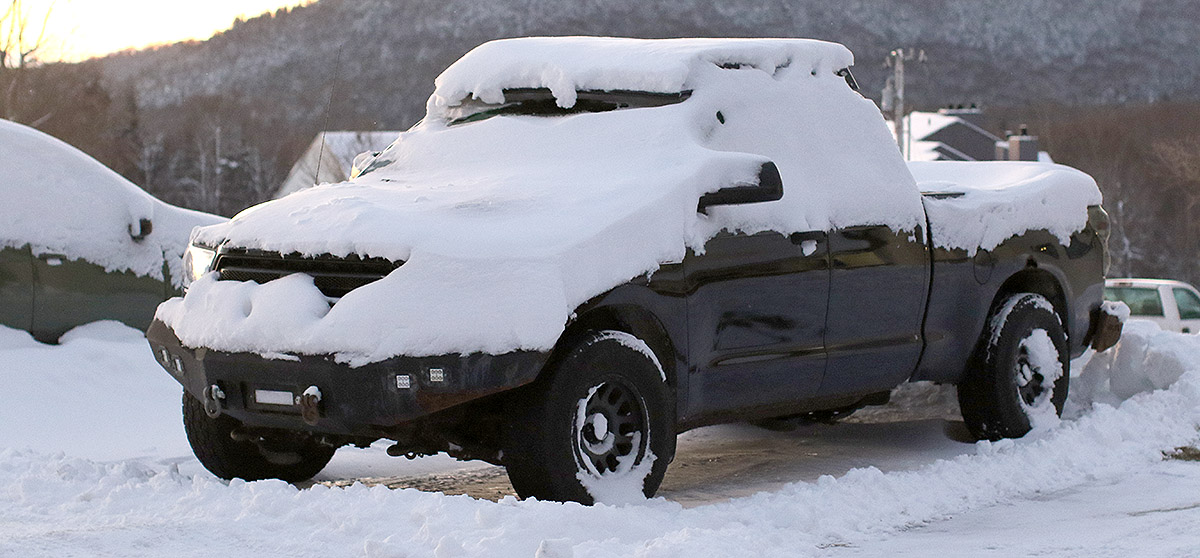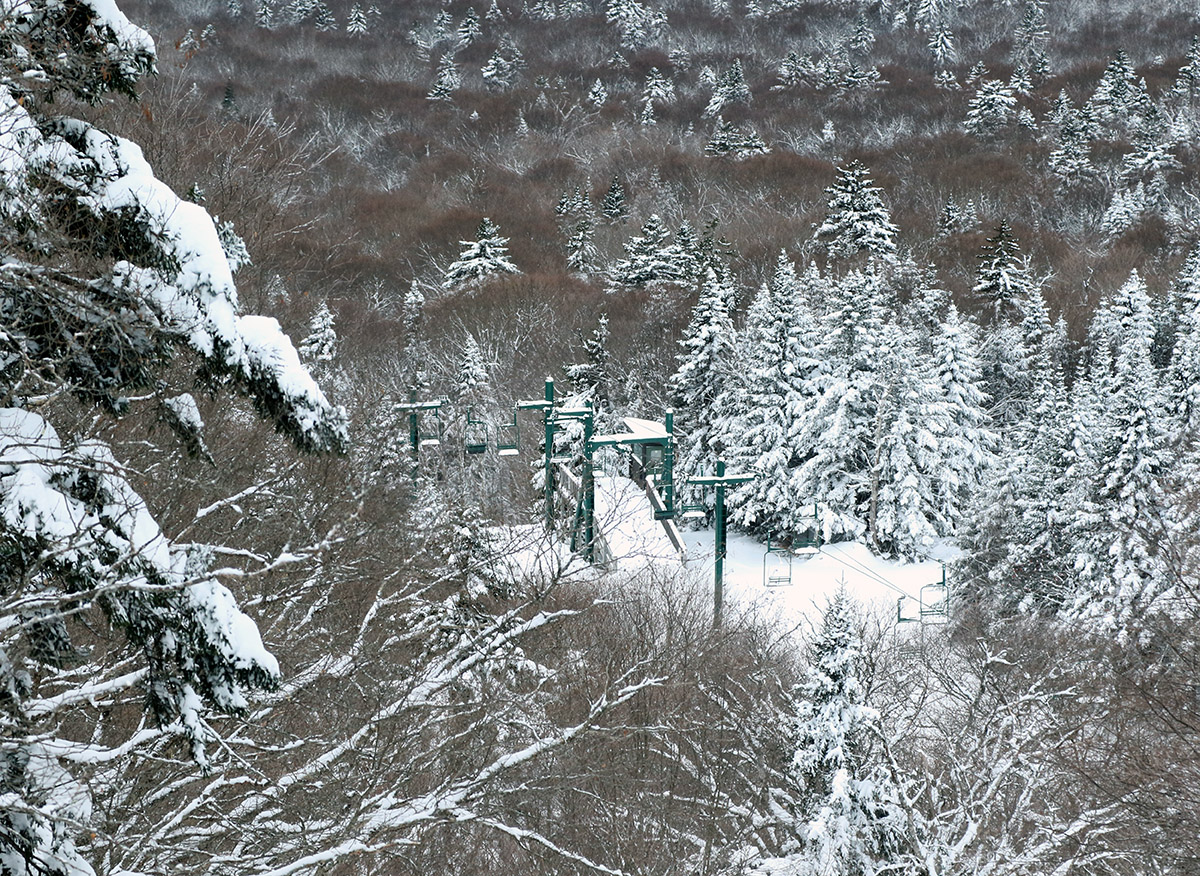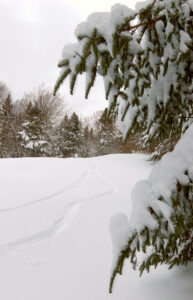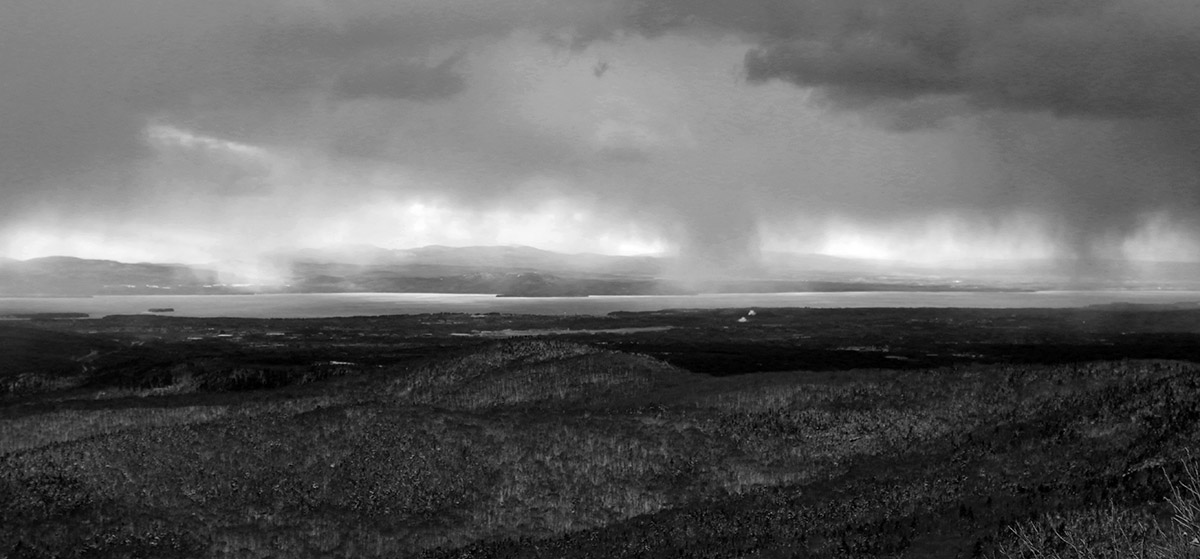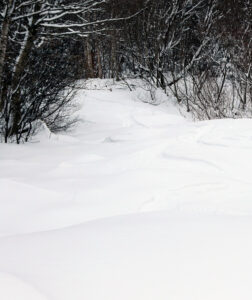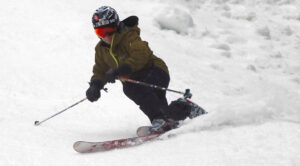
As of mid-December, Bolton Valley had already reported 100 inches of snow on the season, and with most of that falling from mid-November onward, it created a solidly snowy stretch. That period offered a ton of great skiing here in the Northern Greens, so the end of November into the first couple weeks of December was quite a whirlwind of trying to make time to get out for turns while also finishing up the busy fall semester period. It’s always best when the snowstorms keep rolling through, but when snowfall slowed down during the mid-month period, it was actually nice to be able to finally catch up with everything else in life that had been put on the back burner due to all the time spent out on the hill.
The family has been able to catch our breath the past couple of days after a busy period of holiday activities, and since I’ve been hearing about the nice soft conditions out there on the local slopes, E and I decided to head up to the mountain for some turns this afternoon. The snow report indicated that skier traffic was fairly light today, and I guess that makes sense – with no major snowstorms in the past week or so, there’s really no pressure to run out immediately and get after the fresh powder, so I assume a lot of folks have taken the same approach we have. We watched the Bolton Valley Base Area Webcam for a while today and could see that skier traffic was indeed fairly light.
We arrived at the mountain in the mid-afternoon period, and the top tiers of the parking lots were fairly full, but there were some open spots in the first lot due to folks who had already left. We often find that this ends up being the case around mid-afternoon because some people have left, and you’re still ahead of the bump in visitors that arrive as night skiing kicks off.
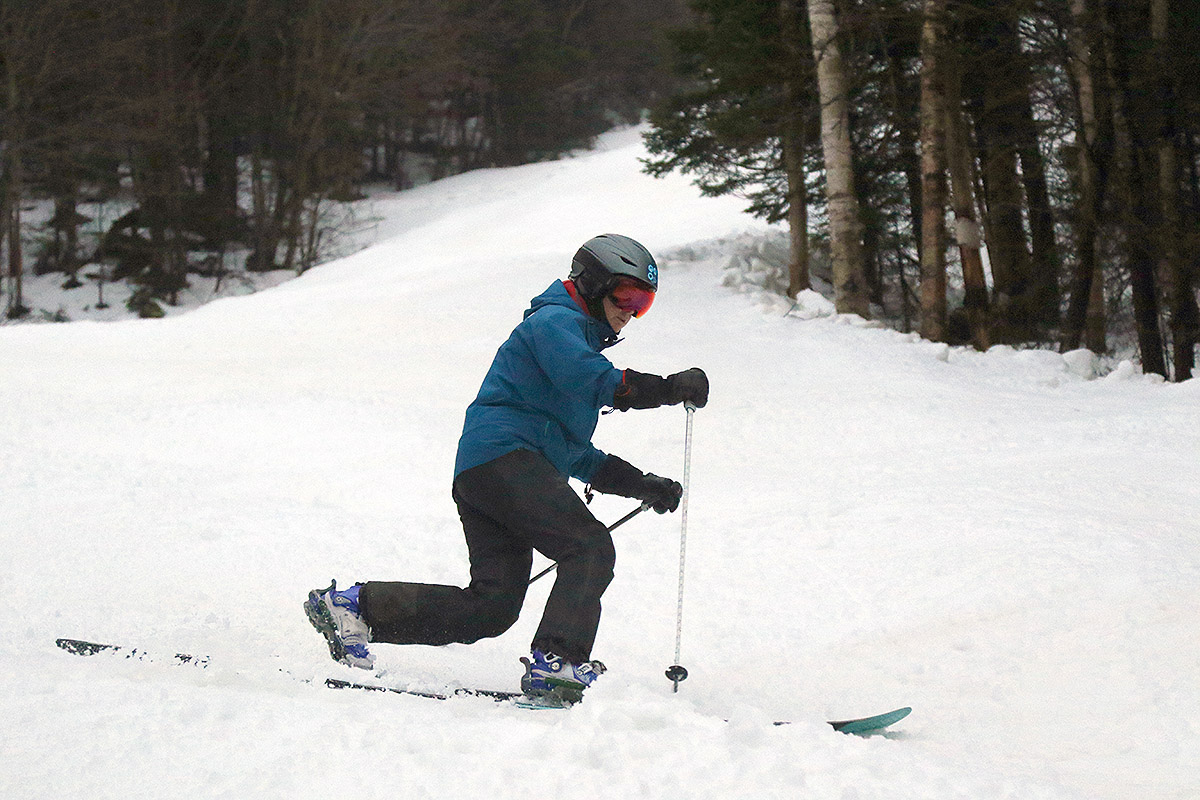
Skies were mostly cloudy with a few breaks of blue when we started our session, and the top of Vista Peak from about 2,800’ on up was hidden in the clouds. Temperatures were in the upper 30s F, and there wasn’t any wind in the lower elevations, so it was a very comfortable time for suiting up at the car. Even with temperatures in the just the 30s F, the snow was soft at all elevations because it’s been warm enough over the past couple days that the snow isn’t freezing up too thoroughly. You can find some firm patches out there in high traffic areas, but most of the snow is loose, pliable, and nicely carvable.
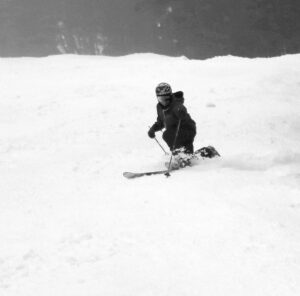
I was quite impressed with the number of trail options available from the Vista Summit. I remarked to E that compared to when I was last up there on the 12th after one of our larger storms, there are actually a lot more options now. Back at mid-month, many routes were closed due to snowmaking and ski patrol marking obstacles, but with the colder temperatures following that storm, the resort was able to finish up their snowmaking and open up those routes. So while natural snow trails like Vermont 200 that were open at the point are closed because the coverage isn’t quite there, steep favorites like Spillway and Hard Luck are now available with deep coverage thanks to snowmaking. Alta Vista was also open, and I don’t think that’s been open yet on any of the days I’ve been up on Vista.
We heard a lot of foreign accents around the base area and out on the slopes today, so it seems like Bolton has a good number of international visitors for the holiday week. Indeed skier traffic was fairly light, but the scene was definitely lively enough, so the folks who are visiting are getting quite a good mix of soft snow, comfortable temperatures, winter holiday vibes, and elbow room on the slopes. This is a blackout period for folks who have restricted season’s passes, so that’s probably helping to reduce holiday week skier numbers a bit as well.
With the late December daylight period, the night skiing lights were already coming on by about 3:00 P.M. or so, and as we were leaving a bit after 4:00 P.M., low clouds rolled into the base area dramatically, just as I noticed a dense fog advisory on my phone. The fog moving in with the night skiing lights definitely pumped up the solstice vibe at that point.
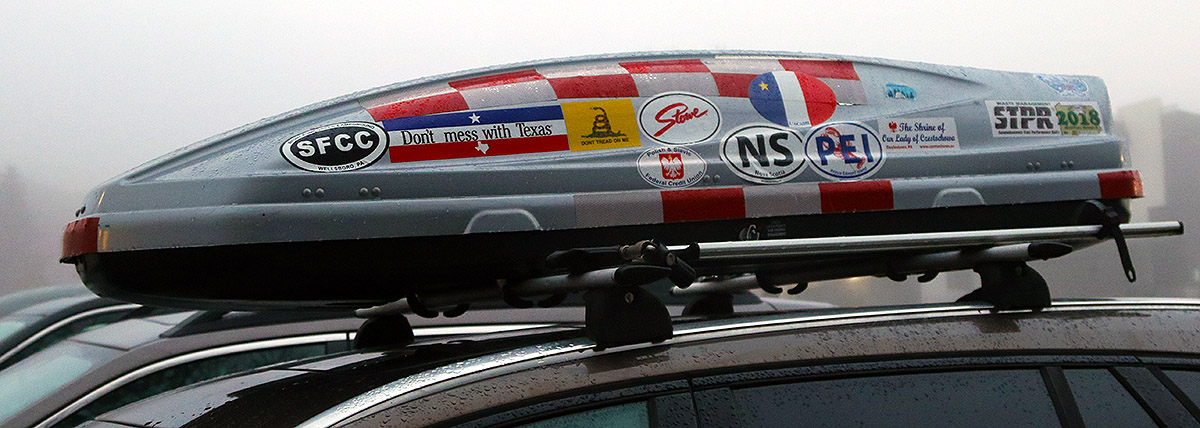
Tomorrow might be the last day to catch this soft snow, because it sounds like snow and colder temperatures are in the forecast starting tomorrow night. With that shift we’re going to need to get enough fresh snow down to get back to soft skiing, but at least the dividends of all those early season winter storms are still present in the form of the snowpack in the higher elevations. It won’t take too much new snow to get a lot of natural snow terrain back in action, so we look forward to Mother Nature helping out soon.
